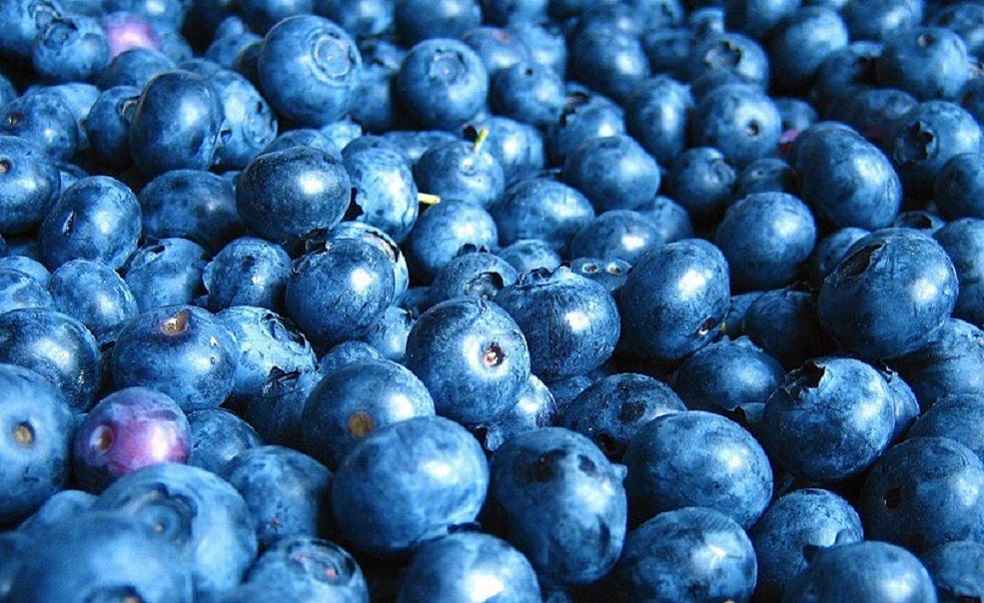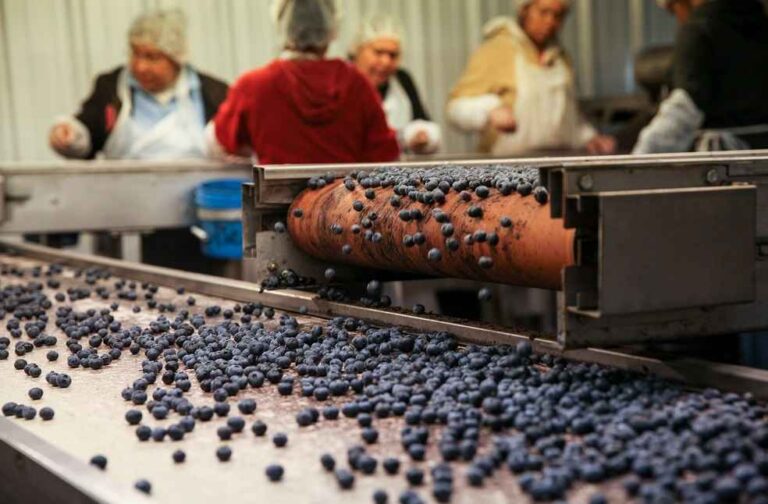A recent RaboResearch report highlights a promising outlook for the global blueberry industry, with a series of transformative trends expected to drive ongoing success. The report identifies advancements in blueberry genetics and increased efforts toward labour productivity and efficiency as pivotal factors shaping the industry’s future.
Export Growth on the Horizon
The 2023/24 blueberry season marked an unusual setback, as adverse weather events led to a 10% decline in global exports – the first drop in 15 seasons. While recovery in production and exports may be slower than initially anticipated, experts foresee a turnaround.
David Magaña, Senior Analyst for Fresh Produce at RaboResearch, noted that exports in the 2024/25 season are expected to reach new highs, albeit with a modest 3% increase over the 2022/23 season. In the years that follow, export growth is projected to return to previous levels, potentially surpassing the milestone of one million metric tons by the 2027/28 season.

Peru’s Growing Dominance
While China will retain its position as the leading producer, it will continue to rely on South American imports during the counter-season, particularly valuing high-quality produce. Despite a decline in South American exports for the first time in over a decade, Peru remains a key player in the global blueberry trade.
According to Magaña, Peru’s success will be bolstered by a shift toward newer blueberry varieties with higher yields. These modern plantings will gradually replace older varieties, leading to growth driven by yield improvements rather than expanded acreage.
In Peru, adjustments in cultivar portfolios are set to extend the production season, helping prevent market saturation and avoid price drops by spreading the peak season over a longer period.

Labour: A Persistent Challenge
Labour shortages present a significant hurdle for the blueberry industry, particularly for labour-intensive crops like blueberries. As the global labour pool contracts and competition from other sectors intensifies, growers face mounting difficulties in recruiting and managing seasonal workers.
RaboResearch indicates that growers are responding with several strategies, including the adoption of varieties with larger berries, which are easier to pick, and advances in machine harvesting. Automated processes for pre- and post-harvest operations are also being explored to reduce the frequency of harvesting runs and extend the season, despite the steep learning curve associated with mechanisation in this sector.
“Machine harvesting will require alignment with orchard structures and specific berry varieties to achieve success,” Magaña added. “The question remains when these adjustments will reach full implementation.”
BUSINESS GENERAL | Poland Aims to Lead Global Grave Candle Market Amid Surging EU Demand



